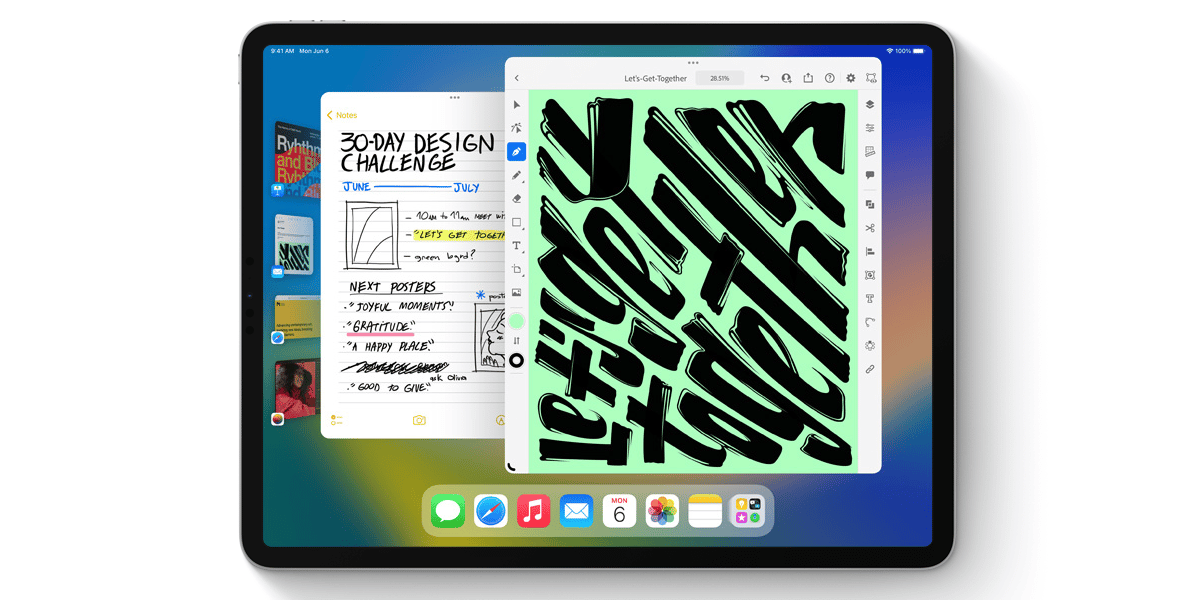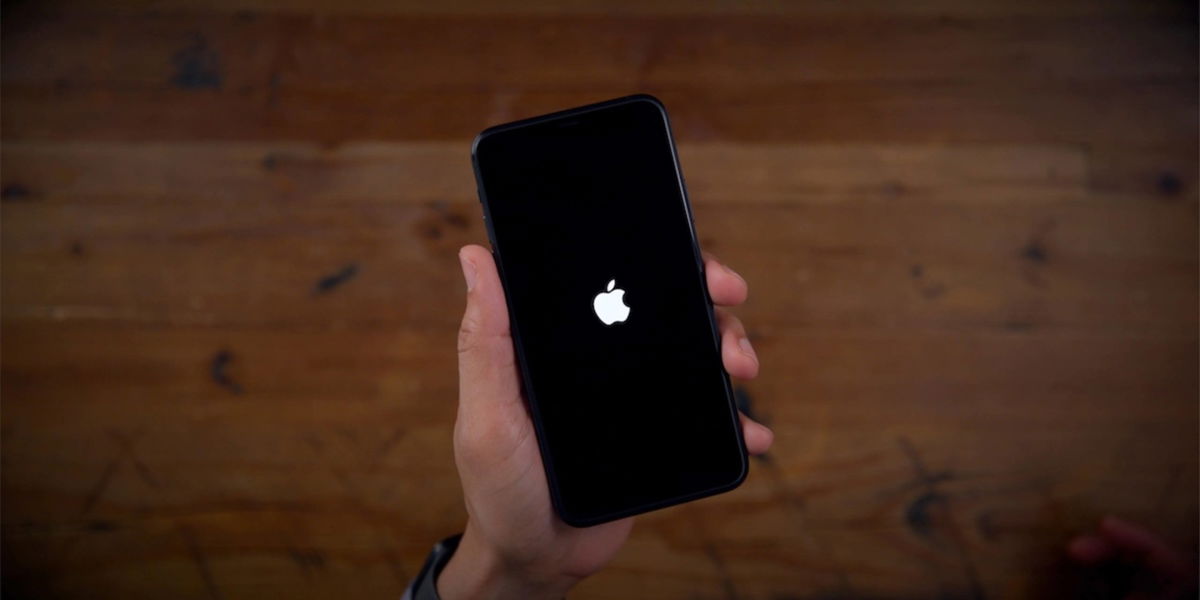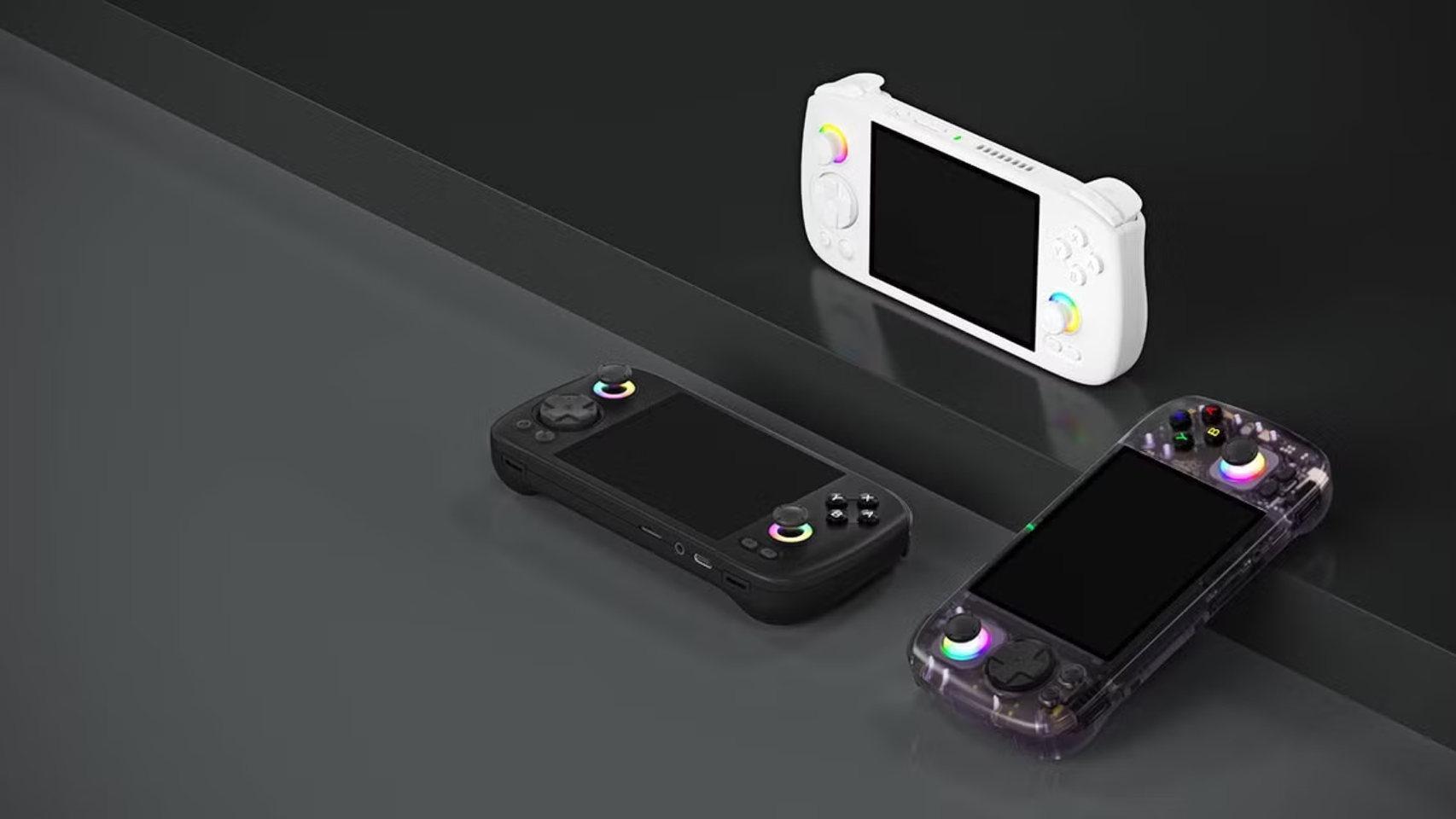
Apple often limits certain options in its newer operating systems to older hardware. The explanation for this is twofold. On the one hand, it encourages users to renew their products to keep up to date with the latest innovations. On the other hand, the power and complexity of new features sometimes require specific hardware that older devices do not have. This is the case, for example, of Visual Organizer in iPadOS 16. This function It is only compatible with iPads with the M1 chip and Apple explained why: the complexity of the function requires too many resources.
High requirements for Visual Organizer in iPadOS 16 limit its availability
Multitasking has never been easier. Now you can resize windows to suit what you’re doing and, for the first time on iPad, see them overlap.
iPadOS 16 introduces a substantial improvement to the ecosystem. After many years of presenting complex news in iPadOS, Apple has allowed windows and apps to overlap. It does this through a function called Visual organizer. This organizer allows us to have groups of applications on the side that we can launch simply by clicking on them.

Related article:
iPadOS 16 arrives loaded with long-awaited news
In addition, Visual Organizer is compatible with external monitors, so the function improves even more when we work in multi-screen mode. They can be thrown up eight apps at a time
From Digital Trends they wondered what was the real reason to limit the option to the M1 chip and here is Apple’s response:
According to the company, Visual Organizer is limited to M1 chips, mainly due to iPadOS 16’s new fast memory swap feature, which is widely used by Visual Organizer. This allows apps to convert storage to RAM (efficiently), and each app can request up to 16GB of memory. Since Visual Organizer allows you to run up to eight applications at the same time, and each application can request 16 GB of memory, this requires Many means. As such, the new window management feature needs the M1 chip for smooth performance.
That’s to say, the M1 chip has the necessary and sufficient power to manage visual organizer resources. It is clear that when the M2 chip arrives in the iPad Pro, it will also support this function and may even be more powerful since the jump from M1 to M2 includes significant improvements.








